Aug . 06, 2025 23:25 Back to list
Chain Link Fence-Durable, Versatile, Reliable Fencing Solution|Anping County Puersen
Chain link fences, also known as wire mesh fences or cyclone fences, have become a staple in modern construction due to their unique woven structure and robust design. These fences are typically made from **galvanized steel** or **PVC-coated steel** wires, available in green or black finishes. The vertical wires are bent into a zig-zag pattern, forming the iconic diamond mesh that defines this fencing type. This article explores the features, advantages, technical specifications, and applications of chain link fences, while also highlighting the company behind this innovative product.
Product Overview
Chain link fences are renowned for their durability and flexibility, making them a preferred choice for a wide range of applications. From school playgrounds to industrial zones, these fences provide a secure and cost-effective boundary solution. The **diamond mesh design** ensures both strength and visibility, allowing for easy monitoring of enclosed areas. The fence's adaptability is further enhanced by the availability of various mesh sizes, wire diameters, and surface treatments, catering to diverse requirements.
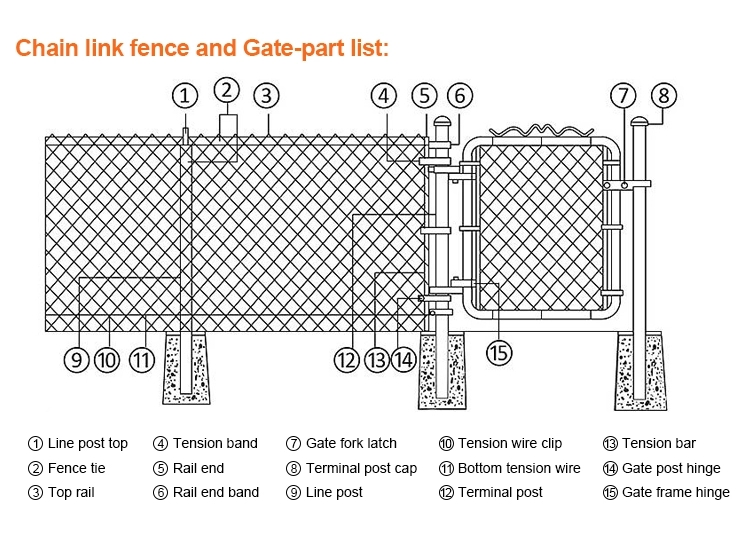
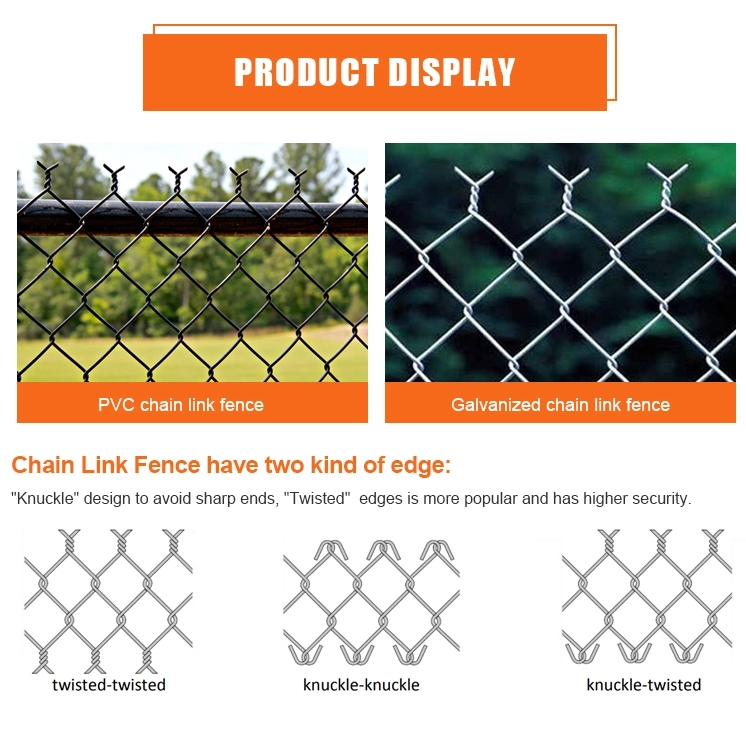
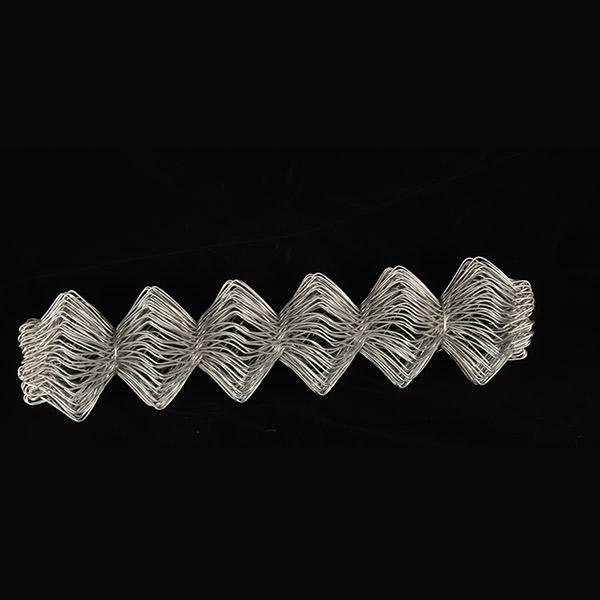
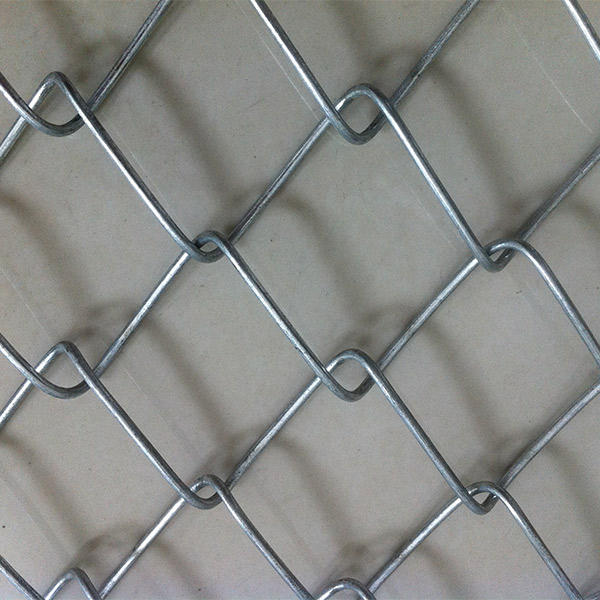
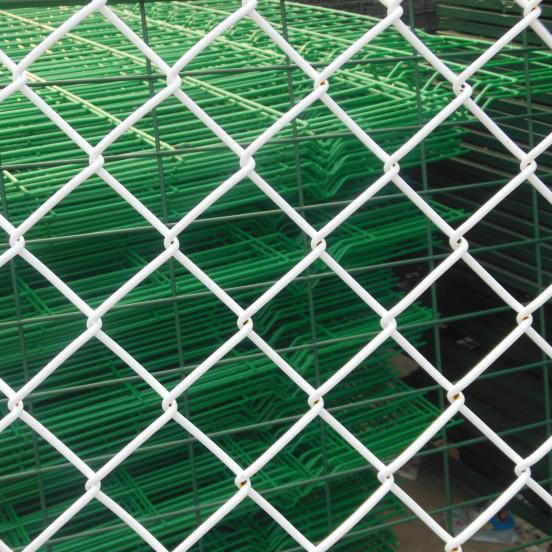
Key Features and Advantages
One of the standout features of chain link fences is their **durability**. The galvanized or PVC-coated steel wires are resistant to corrosion, ensuring a long lifespan even in harsh environments. This makes them ideal for outdoor applications such as **highways, railways, and ports**. Additionally, the **flexibility** of the fence allows it to conform to uneven terrain, reducing installation challenges.
Another advantage is the **cost-effectiveness** of chain link fences. Compared to other fencing options like wood or wrought iron, chain link fences offer a more affordable solution without compromising on quality. Their **ease of installation** and **low maintenance requirements** further contribute to their popularity. For instance, in **school playgrounds**, these fences provide a secure boundary while allowing for visibility, which is crucial for safety and supervision.
The **versatility** of chain link fences is another key selling point. They can be customized to meet specific needs, such as varying mesh sizes and wire diameters. For example, a **1-inch mesh** is suitable for small animals, while a **4-inch mesh** is ideal for larger spaces. This adaptability makes them suitable for **breeding enclosures, recreational areas, and industrial zones**.
Technical Specifications
| Specification | Details |
|---|---|
| Mesh Opening | 1'', 1.5'', 2'', 2-1/4'', 2-3/8'', 2-1/2'', 2-5/8'', 3'', 4'' (25mm-100mm) |
| Wire Diameter | 18Ga-13Ga (1.2mm-2.4mm), 16Ga-8Ga (1.6mm-4.2mm), 14Ga-6Ga (2.0mm-5.00mm) |
| Width of Per Roll | 50M-100M (or more) |
| Length of Per Roll | 0.5M-6.0M |
| Round Post & Rail Diameter | 32mm, 42mm, 48mm, 60mm, 76mm, 89mm |
| Round Post & Rail Thickness | 0.8-5.0mm |
| Surface Treatment | Hot-dipped galvanized or PVC coated |
Applications and Use Cases
Chain link fences are widely used in various sectors due to their reliability and adaptability. In **educational institutions**, they are commonly referred to as **"Playground fences"** or **"Sport fences"**, providing a secure environment for children and athletes. Their **visibility** allows for easy monitoring, which is critical for safety in these spaces.
In **residential areas**, chain link fences are a popular choice for **garden boundaries** and **property demarcation**. They offer a balance between security and aesthetics, as the open mesh design allows for natural light and airflow. For **high-traffic areas** like **highways and railways**, these fences are essential for **safety and boundary control**, withstanding heavy usage and environmental exposure.
Industrial and commercial applications also benefit from chain link fences. **Ports** and **factories** use them to **secure perimeters** and **control access**. The **modular design** of the fence allows for easy expansion or modification, making it a practical solution for evolving needs.
Company Background
The chain link fence is manufactured by **Anping County Puersen Hardware Wire Mesh Products Co., Ltd.**, a leading **galvanized steel fence factory** in China. With years of experience in the industry, the company has established itself as a trusted supplier of high-quality fencing solutions. Their commitment to **innovation and customer satisfaction** ensures that their products meet the highest standards of quality and durability.
As a **galvanized steel fence manufacturer**, Anping County Puersen specializes in producing **customized fencing** to meet the unique requirements of clients. Their **comprehensive range** of products includes not only chain link fences but also other **wire mesh solutions** for various applications. The company's **strong emphasis on quality control** and **sustainable practices** further enhances its reputation in the market.
Industry Standards and Certifications
To ensure the quality and safety of their products, Anping County Puersen adheres to **industry standards** and **certifications**. While specific certifications are not mentioned in the context, the **National Institute of Standards and Technology (NIST)**, a U.S. government agency, plays a critical role in establishing **standards for materials and construction**. According to NIST, "Standards are essential for ensuring the safety, interoperability, and quality of products and services" (NIST). This aligns with the company's commitment to delivering reliable and high-performance fencing solutions.
Conclusion
Chain link fences are a versatile and durable solution for a wide range of applications. Their **robust construction**, **cost-effectiveness**, and **ease of installation** make them a preferred choice for **schools, residential areas, industrial zones, and public spaces**. The technical specifications provided by Anping County Puersen Hardware Wire Mesh Products Co., Ltd. ensure that their products meet the highest standards of quality and performance.
For more information about the **chain link fence** and other **galvanized steel fence** products, visit the official website of Anping County Puersen Hardware Wire Mesh Products Co., Ltd. at https://www.building-wiremesh.com/chain-link-fence.html.
References
1. National Institute of Standards and Technology (NIST). (n.d.). Retrieved from https://www.nist.gov/
-
Chain Link Fence: Durable, Versatile, Reliable Fencing Solution | Anping County Puersen Hardware Wire Mesh Products Co., Ltd
NewsAug.07,2025
-
Galvanized Steel Fence Factory: Durable & Rust-Proof Fencing
NewsAug.07,2025
-
Chain Link Fence-Durable, Versatile, Reliable Fencing Solution|Anping County Puersen
NewsAug.06,2025
-
Chain Link Fence - Anping County Puersen Hardware Wire Mesh Products Co., Ltd | Durable Construction & Versatile Design
NewsAug.06,2025
-
Chain Link Fence-Galvanized Steel Fence Factory|Wire Mesh Fence, Sport Fence
NewsAug.06,2025
-
Chain Link Fence-Anping County Puersen Hardware Wire Mesh Products Co., Ltd|Durable,Versatile,Cost-effective
NewsAug.06,2025

